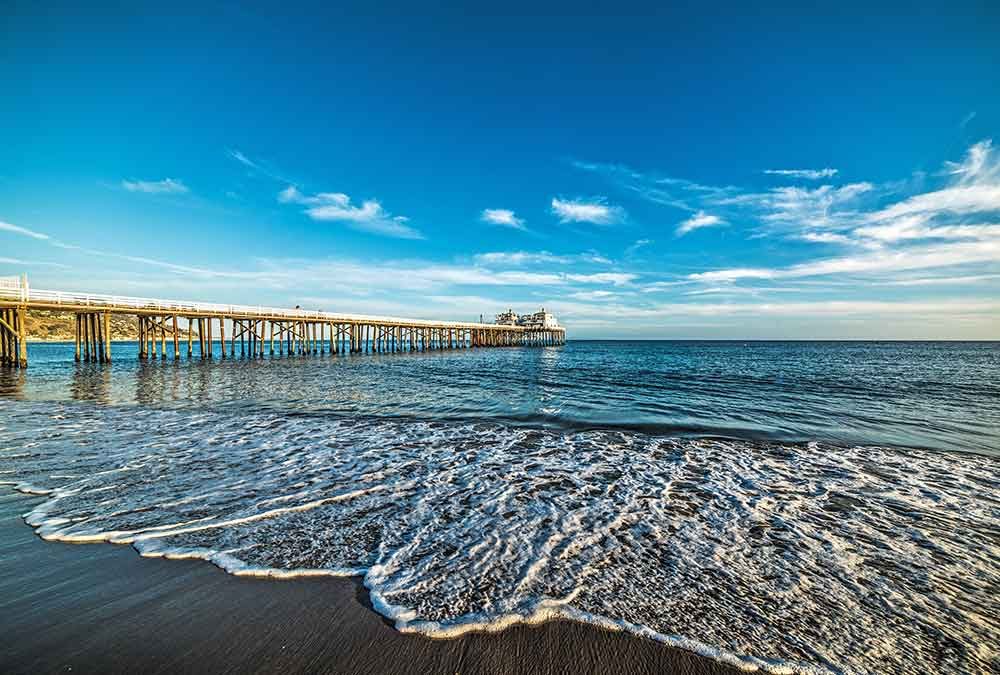
by eclectice | Jun 22, 2018 | Ocean Safety
A pier is a platform extending from a shore over water and supported by piles or pillars, used to secure, protect, and provide access to ships or boats. Piers attract thousands of beach goers each year to take walks, fish, and even enjoy fine dining overlooking the...
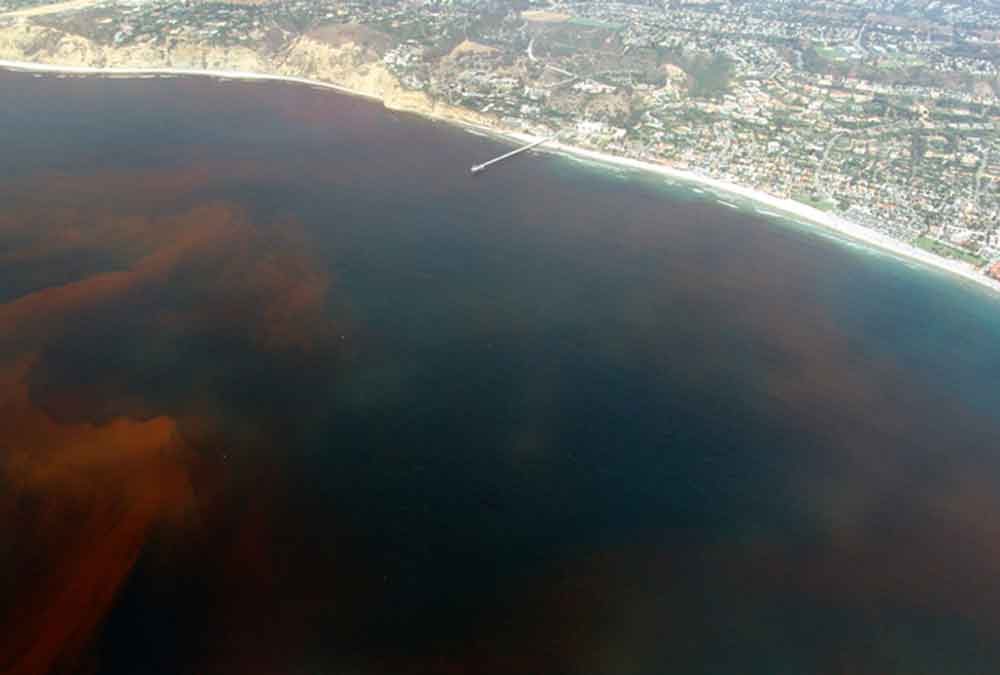
by eclectice | Jun 22, 2018 | Ocean Safety
Red tide is a condition that usually occurs during the summer months in Southern California and is characterized by plumes of brownish-red water that drift up and down the coast with the ocean currents. A red tide is caused by a “bloom” of microscopic, red algae. Red...

by eclectice | Jun 22, 2018 | Ocean Safety
Longshore currents are common at any beach that is exposed to breaking surf. A longshore current is an ocean current that moves parallel to shore. It is caused by large swells sweeping into the shoreline at an angle and pushing water down the length of the beach in...
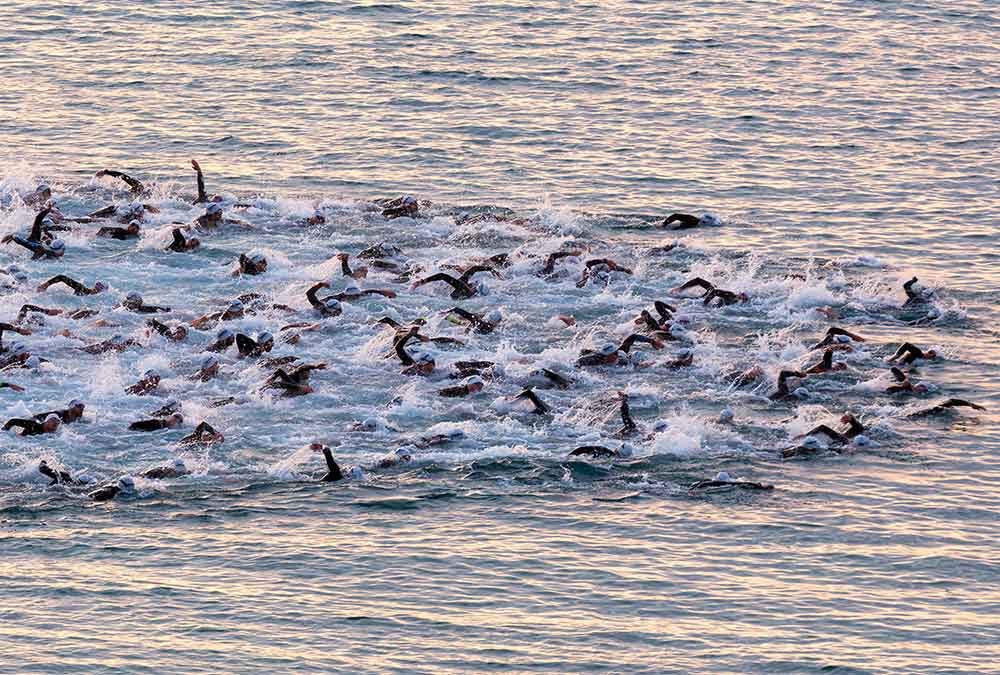
by eclectice | Jun 22, 2018 | Ocean Safety
We cannot stress enough the importance of having strong swimming skills when entering the ocean. The ocean is a dynamic environment, meaning that it changes constantly. Waves and currents can change drastically in a matter of seconds and can turn a relatively harmless...
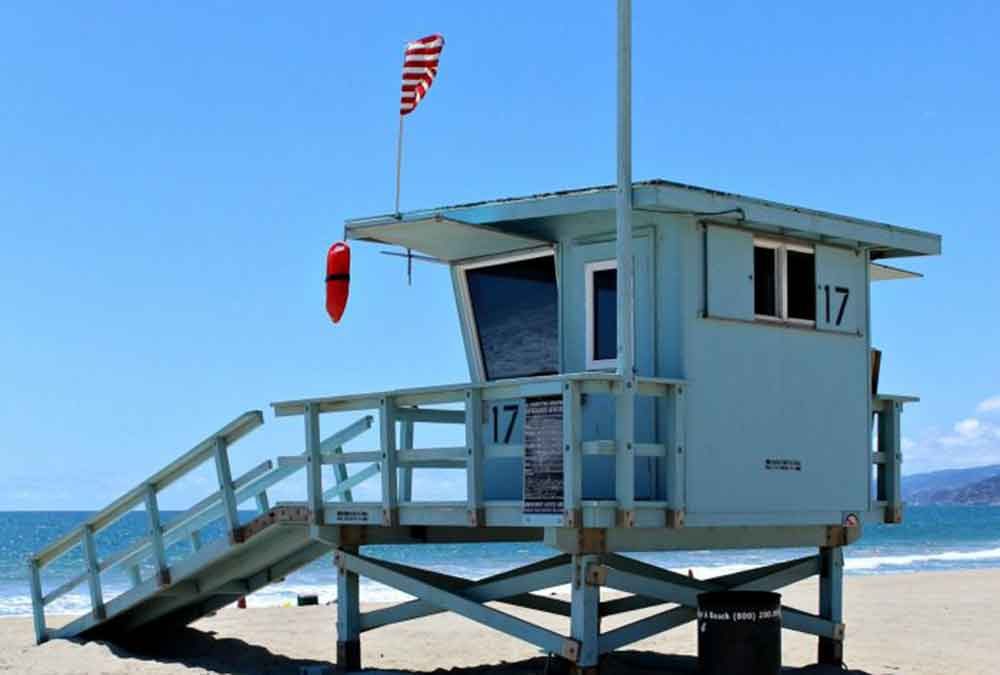
by eclectice | Jun 22, 2018 | Ocean Safety
The Los Angeles County Lifeguards use different flags that are posted on the beach and or left flying from the lifeguard towers to designate appropriate and safe areas for swimming, surfing, and other recreational activities. LA County Lifeguards use black ball and...
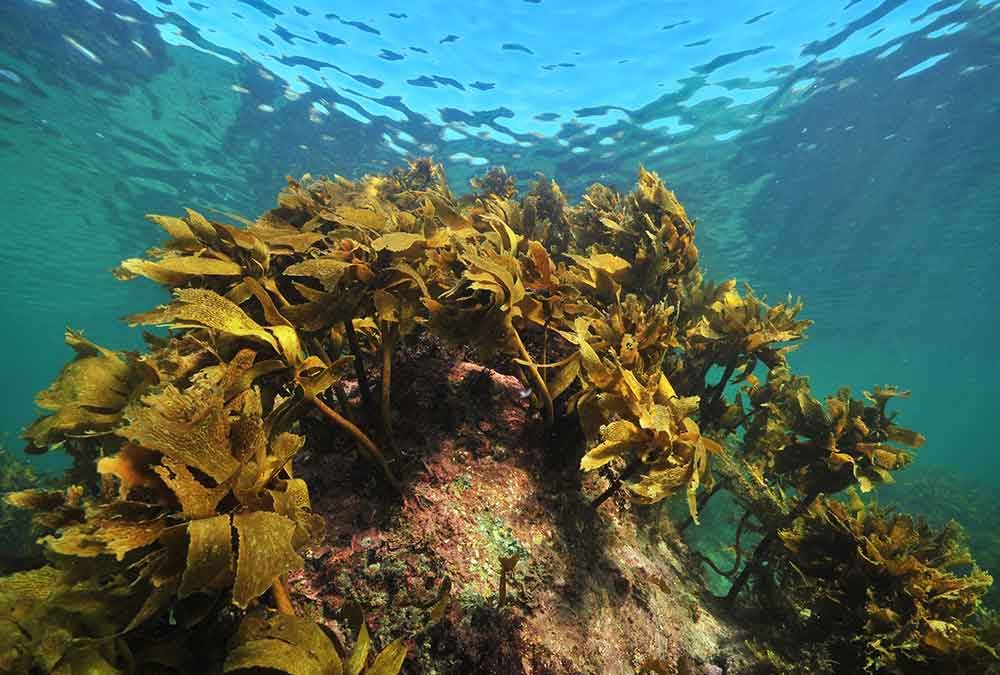
by eclectice | Jun 22, 2018 | Ocean Safety
Submerged rocks in the ocean are rocks that lay beneath the water’s surface. Similarly, a reef is a strip or ridge of rocks, sand, or coral that rises to or near the surface of a body of water. Submerged rocks and reefs are common at Southern California beaches...






